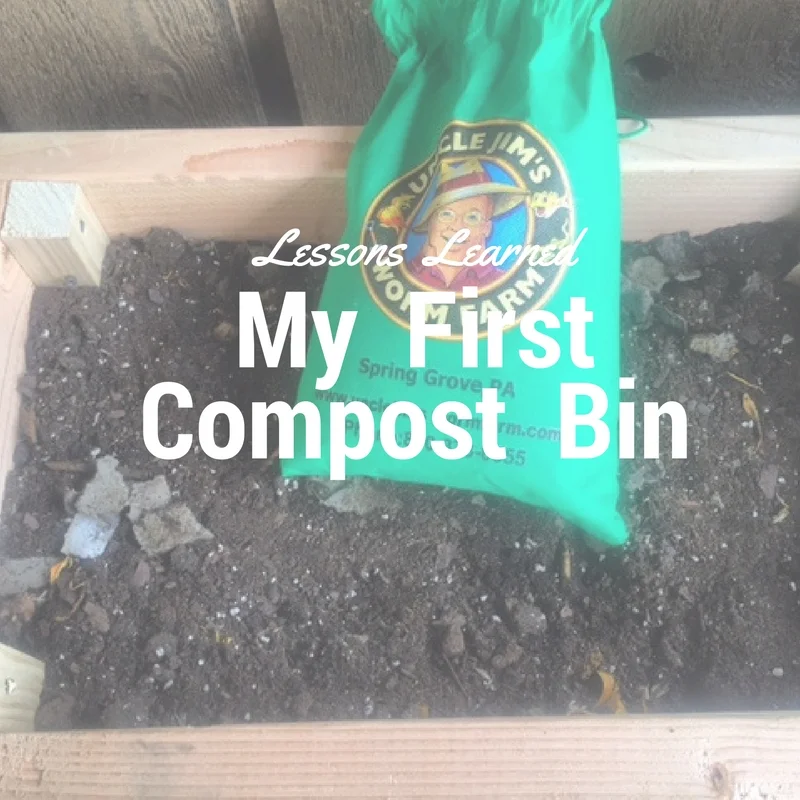This year was one of the first year I tried to grow some vegetables and fruits. I, honestly, didn't think I could do it. From cacti to bamboo to flowers, I could never keep them alive to the next year. This year, I started small. I sowed my seeds early in cardboard egg cartoons, watered them daily and kept them inside to reduce the chances of frost killing them. I read a few blog posts on urban gardening and tried to be creative in building my own little garden. Along with plants that I started on my own, I also bought some that were already growing as these didn't require that much maintenance.
My urban garden. Re-used old pots and pails to save money. Mixed it with plants that I grew from seeds and some I bought that were already a few weeks old. Below is my apartment size compost.
To start, I looked at the most common fruits and vegetables we eat. The top on the list were tomatoes, squash and onions. I also wanted strawberries since they typically come in plastic clam shells and I did not want to buy them if there were in plastic. Currently, I am growing tomatoes (which won't be ready until August), strawberries (which I currently pick daily), squash, 1 watermelon (because I was curious), blueberries and rosemary.
I started small and re-used lots of containers to reduce the costs. I used old egg cartons to start the seeds which allowed me to re-use them. These are also great as they can easily be cut once you are ready to transfer your seedlings to larger containers. They provide a good base for the seedlings and decompose once planted. I also re-used old pots and pails that my dad gave me as well as some I found sitting on the curb. They worked well as long as they had drainage holes on the bottom.
Egg cartoons make for a great container to start your seedlings. They provide good separation for your seeds, easy to cut when you are ready to transfer to a larger container and decompose.
Seeds typically cost $3 per small bag and can generate so much fruits and vegetables. Compare this to the price per pound of certain produce. I also bought a big bag of organic soil as a starter.
Why is growing your own important?
- It makes you appreciate the life cycle of our food.
- It makes you appreciate the fact that nature does not generate perfectly shaped fruits and vegetables and despite the odd shapes, they all still taste great.
- You know exactly how it was produced and farmed. No pesticides or harsh chemicals.
- You know that it did not travel hundreds or even thousands of miles which reduces carbon footprint.
- You know that it was in season and grown with the natural cycles of the earth.
- It tastes so much better!
If you are not able to grown your own due to space and time, check out your local farm markets instead to buy fruits and vegetables as local as possible. This will reduce the amount of miles food has to travel. If you are curious and want to know how far food has traveled, you can check out some estimates at Food Miles.
For additional resources on growing and planing your own garden. Check out the Growing Club. They have excellent videos as well as a tutorial that I modified to make my own apartment size compost and the lessons I have learned so far composting at home. You can also check out Container Gardening Tips for ideas on what to use for your plants.




